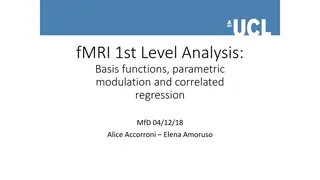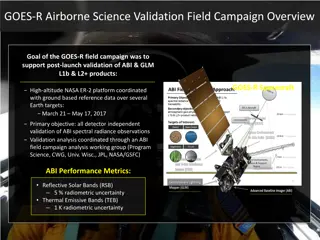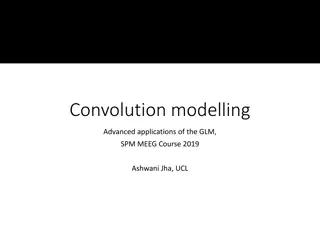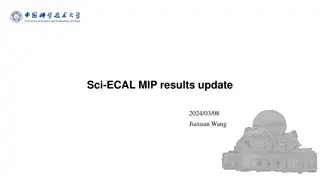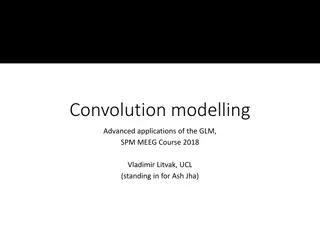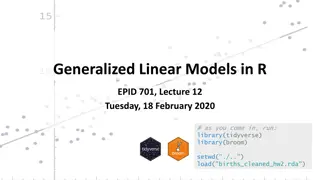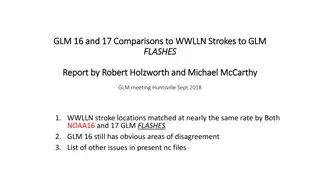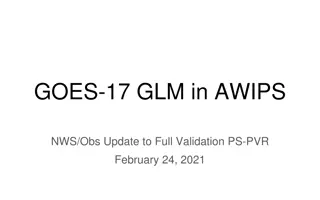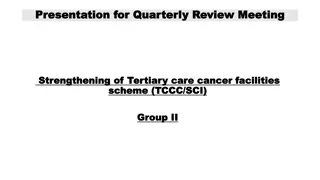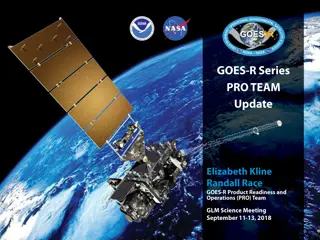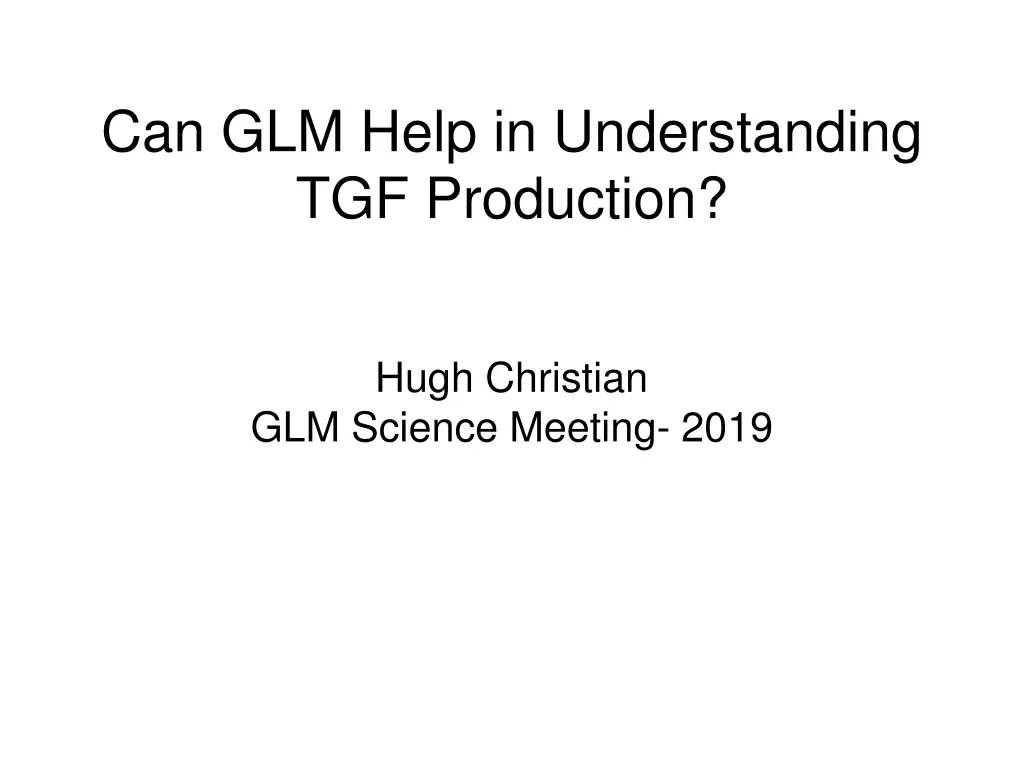
Understanding TGF Production with GLM in Lightning Studies
Explore how GLM technology aids in understanding Transient Luminous Events (TGFs) by correlating with lightning activity. Discover the insights gained from studying TGF triggers and lightning occurrences.
Download Presentation

Please find below an Image/Link to download the presentation.
The content on the website is provided AS IS for your information and personal use only. It may not be sold, licensed, or shared on other websites without obtaining consent from the author. If you encounter any issues during the download, it is possible that the publisher has removed the file from their server.
You are allowed to download the files provided on this website for personal or commercial use, subject to the condition that they are used lawfully. All files are the property of their respective owners.
The content on the website is provided AS IS for your information and personal use only. It may not be sold, licensed, or shared on other websites without obtaining consent from the author.
E N D
Presentation Transcript
Can GLM Help in Understanding TGF Production? Hugh Christian GLM Science Meeting- 2019
Why optical emission? VLF/VHF observations give useful information about lightning (location, time, peak current). Total energy can not be estimated from VLF. Ground-based VLF/VHF stations miss a lot of lightning strikes. GLM detection efficiency is about 90% which is nearly uniform over the GLM FOV. Total energy and intensity of lightning strokes can be estimated.
TGFs In this work, we use TGFs triggered by the Fermi-GBM from Mar to Dec. 2017. Total of 114 TGFs were detected within the GLM FOV while the GKM was operating. We determine the location of the TGF and account for the time of flight (TOF). We studied the lightning optical activity before, during, and after the TGF.
TGF / GLM Correlations Of the 114 eligible TGS s, the GLM detected 101 flashes. This represents a 88.6 detection efficiency. The corresponding clouds produced flash rates of 0.72 to 2.76 flashes per second and stroke rates of 2.34 to 1653 strokes per minute. They were typically low to moderate flash rates. The GLM has a 2 millisecond integration time, making making precision timing between TFG and optical occurrence impossible. In this study, TGFs seemed to occur just prior to the optical emission (lightning stroke)
Conclusions The time between lightning flashes is from less than one to 2 flashes per minute low to medium rates. Correlation with optical emissions suggests that TGFs are produced just prior to the lightning leader making effective electrical connection with the positive charge region. This correlation strongly suggests that the TGF production mechanism is a lightning leader process. Dark Lightning is an endangered species






